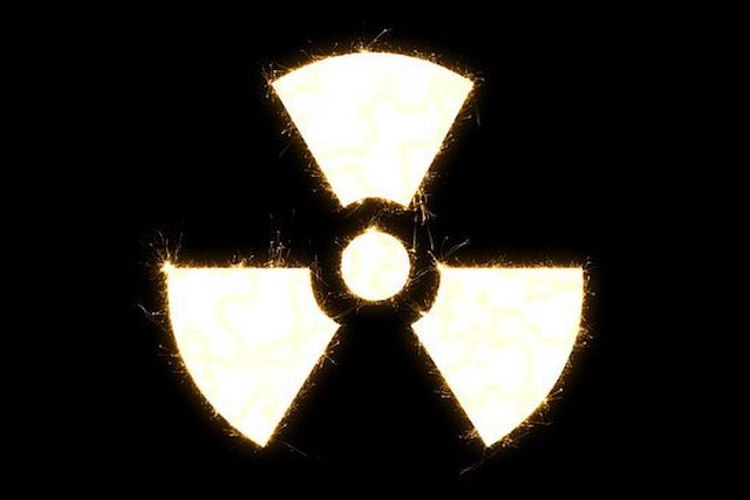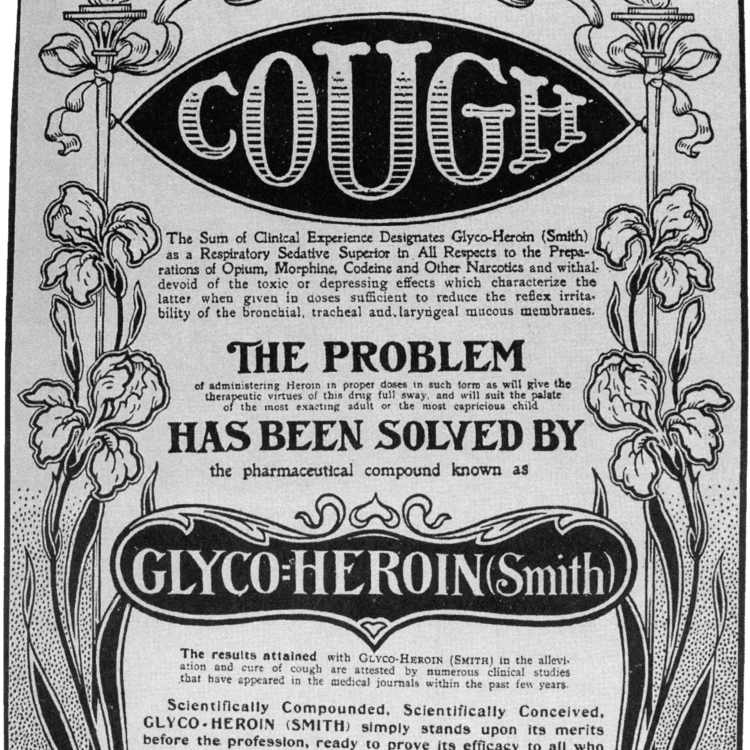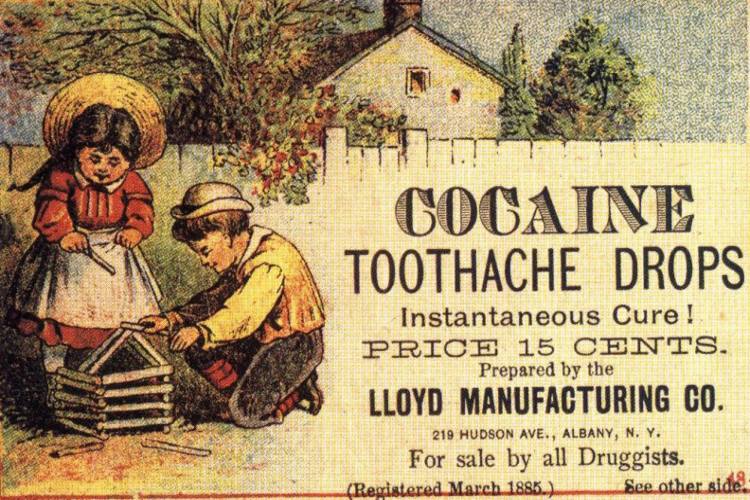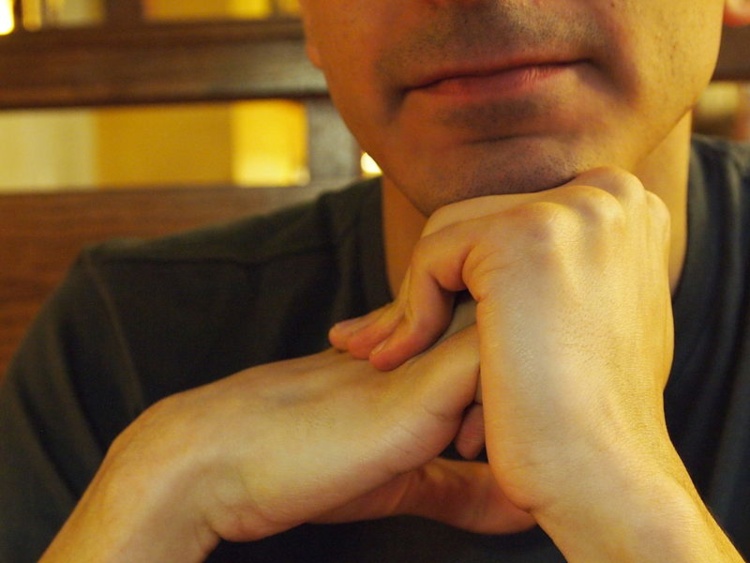17 Health Beliefs That Most Baby Boomers Used To Abide By
Adults make plenty of questionable choices these days that may leave you worried about the fate of humanity. However, when you look back over some of the health-related information your parents or grandparents used to believe, you suddenly realize just how much progress society has made in the last 100+ years. From in-depth knowledge about how bodies work, to the impact that your daily choices can have, you can thank your lucky stars that you’re alive in the 21st century. Have a look through these health myths from the older generations and be glad they’ve been debunked…

Radioactivity Was Considered Good
It’s hard to imagine people extolling the health virtues of radiation, given what science has revealed about its devastating effects on the human body. However, there was a time when you could buy a uranium blanket to treat your arthritis, a radium pendant to find relief from rheumatism, or radioactive beverages to cure a myriad of ailments. Industrialist and legendary golfer Eben Byers drank three bottles of radium-infused water a day for pain and–unfortunately, yet unsurprisingly–died an early death.

Heroin As A Cough Suppressant
With a nation deep in the grips of the opioid-addiction epidemic, it’s shocking to think that heroin was once touted as an effective cough suppressant. Before it came out with aspirin, Bayer developed a heroin cough syrup in 1898, and its marketing message was aimed squarely at…children. Children? Opioids do have their medicinal uses, but dosing kids with heroin cough syrup isn’t one of them.

Mercury As An STD Cure
Today, the medical world is in agreement that unbonded mercury is a highly toxic metal with no place in the human body–exposure can even be fatal. Yet back in the day, it was commonly used to treat syphilis. What they assumed was a successful cure was actually (un)lucky timing with the natural remission of a disease that occurs in phases. Even today, there are cultures and ethnic communities around the world that make use of mercury for cosmetic applications. Yikes!

Tobacco As An Anesthetic
How strange to think that a substance now known to cause lung cancer was once referred to as “God’s remedy” and the “holy herb.” The medicinal properties of tobacco are still touted in some parts of the world, namely Indonesia. It’s been used to treat all sorts of conditions, from headaches to colds, and even fatigue. Some people even used tobacco as an anesthetic. In India, it was even thought to be good for the teeth and was a popular ingredient in toothpaste. Tobacco-fresh breath, anyone?

A Lobotomy To Cure Mental Illness
Messing around with the brain isn’t to be taken lightly. It’s very disturbing to learn that in the 1940s and 1950s, more than 40,000 people underwent a procedure called a lobotomy, which involves severing connections in the brain’s prefrontal lobe. Dr. Walter Freeman developed a quick version that involved inserting a device like an ice pick above an unconscious patient’s eye to do the deed, which was touted as a treatment for depression, PTSD, and even homosexuality, which was also thought to be an illness.

Rattlesnake Oil
Oil from Chinese water snakes does have a mild anti-inflammatory effect, and when Chinese laborers were brought to the United States to help construct railroads, the idea of a snake oil medicine caught on among some peddlers. Unfortunately, rattlesnake oil doesn’t have the same effects as Chinese water snake oil. Then again, most of what was being sold at the time wasn’t even snake oil at all, which is why “snake oil salesman” is a phrase used to describe con artists.
Tapeworms To Lose Weight
Perhaps you think people who get hooked by fad diets are a new breed of weight-obsessed. As it turns out, back in the early 1900s, tapeworms were actually marketed for their weightloss benefits. Never mind the abdominal pain, diarrhea, nausea, bloating, and nutritional deficiencies that often accompany a tapeworm infection–or the meningitis, epilepsy, and dementia that can occur in severe cases. Maybe cutting out bread isn’t that extreme after all.

Cocaine To Relieve Pain
Nearly everyone knows that the original formula of Coca Cola did have trace amounts of cocaine, and many praised the drug for its ability to relieve pain–not to mention its energizing and euphoria-inducing effects. Did you know that psychologist Sigmund Freud even took regular doses to ward off indigestion and depression? Then scientists found out just how addictive and destructive it can be, and the company traded out that white powder for another one–sugar.

Cracking Your Knuckles Causes Arthritis
You can see why people believed the idea that cracking your knuckles might give you arthritis— it just seems like a logical connection. Some people are really bothered by the sound of cracking knuckles; maybe they’re the ones who started the rumor. The plain fact of the matter is that no scientific study has ever directly linked cracking knuckles to arthritis. You can tell your elders their knobby knuckles are like that due to age, not bad, joint-popping habit (sorry, Grandpa).
Caffeine Stunts Growth
This is another case where there’s no scientifically proven cause and effect. It’s more like a “contributing factor” effect. Your body needs enough human growth hormone (HGH) to develop properly, and since HGH is largely secreted during sleep, then anything that interferes with getting enough sleep could stunt growth. If caffeine is giving you sleeping problems, then the caffeine is indirectly contributing to the problem. There’s no proof that caffeine itself will stunt your growth. Besides, drinking coffee after 4pm is still better for you than drinking cocaine–er, Coca Cola–ever was.
You Only Use 10% Of Your Brain
As it turns out, a lot more than 10% of your brain gets used on a regular basis. In fact, there’s really no such thing as an “inactive” part of the brain. Many people still buy into the 10% myth because it offers an easy explanation for psychic powers, and it serves as a nice basis for science fiction movies. Sure, there are times that parts of the brain aren’t actively used, just like you don’t use all of your muscles all the time, but that’s a world away from saying 90% of your brain doesn’t get used at all.

Nails And Hair Grow Even After Death
Besides the fact that this one is kind of creepy, it’s also untrue. However, it’s easy to understand how the myth started. As a corpse dehydrates, the skin shrinks and retracts from around nails and hair, which might give the appearance of growth. It’s just an illusion. Tissue growth requires energy, which is gone after death, so it’s not possible for hair and nails to grow postmortem.

Eyesight Is Ruined By Dim-Light Reading
When you don’t have enough light to properly see what you’re reading, you might experience some eyestrain or find it difficult to focus on the text. It really doesn’t do any permanent damage to your eyesight, though. Some people think nearsightedness might be caused by dim-light reading, but this doesn’t hold up when you consider that there are a lot more nearsighted people now than throughout history. What about all those than people who had to read by candlelight?
Hair Grows In Thicker After Shaving
The myth that hair grows in thicker or faster after shaving was first debunked all the way back in 1928, and yet it persists today. There’s no science to back up the claim, and for many, it’s clearly just a matter of wishful thinking or coincidence. A teenage boy with “peach fuzz” who starts shaving will find that, over time, hair does grow in thicker or coarser–but it’s because of his advancing puberty, not because of the shaving itself.
Blood Turns Blue Without Oxygen
This one is really hard to bust because when you look at your hands or other parts of your body with visible veins, they look blue, right? Making the leap from that observation to the conclusion that the blood in those veins must be blue is easy, but wrong. The lining of the veins themselves are blue, not the blood in them. All blood is red. Oxygen-rich blood is bright red, while oxygen-depleted blood is darker red. There are no sneaky blue blood cells that scientists are missing out on. Promise.

Brain Cells Never Grow Again
If this myth were true, everyone would be in a heap of trouble. There are plenty of neurons in the body (and specifically in the brain) that do regenerate. Sure, some don’t–spinal column neurons don’t regrow, for example. If brain cells didn’t change, people wouldn’t be able to form memories or learn anything new. As an absolute statement, it’s false to say that brain cells don’t grow back. Some don’t, but most do.

Vitamin Pills Keep You Healthy
Supplementation could be useful, if taking the right ones, and in the right dosages. But this applies to a very small percentage of the supplements in the marketplace. Many supplements are filled with junk that’s either useless, or in some cases, harmful. If you want to be healthy, the formula begins with eating a healthy diet, staying hydrated, getting plenty of sleep, spending time outdoors, connecting with loved ones, and exercising on a regular basis. Supplements are meant to be exactly what their name implies- supplementary.

